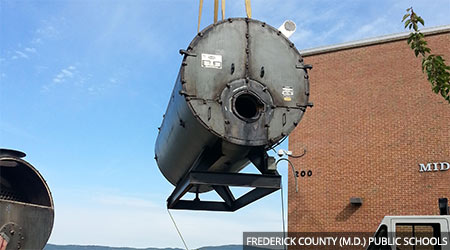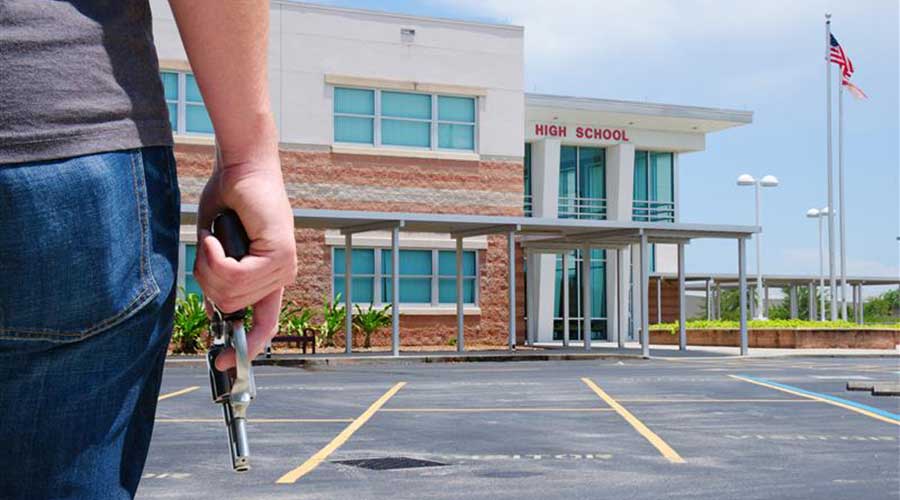Return on Investment Factors into K-12 Retrofit Decisions
Part four of a six-part article on funding K-12 retrofit projects
Given the challenging funding situation in most K-12 school districts, managers must give special consideration to those projects that will deliver the greatest return on investment.
“Sometimes, what’s broken is easy to get approved, but by then it’s too late,” DuPlessis says. “For me, the challenge is to talk about it before it’s broken — to try to get people to understand the implications if we don’t address (the issue).
“For us, low-cost, more attractive items tend to be easier to fund. If I can throw a little money at some paint or a little bit of landscaping at a school, and it really improves the way it looks on the outside, sometimes those projects are easier to get funded. But the long-term needs of the school are really typically the capital-intensive things you can’t see. Lighting is always a good project if there is potential for a cost-saving retrofit.”
Lighting upgrades also have tended to be popular projects with the Frederick County school board.
“Everyone loves lighting because if you have aging systems, they are commonly always referred to as the low-hanging fruit in terms of energy conservation,” Wilkinson says. “We have upgraded fluorescent systems and replaced almost all of our HID lights in high-bay areas with high-efficiency fluorescents. Our electricians have performed most of the retrofits in phases. As the price of LEDs get cheaper and cheaper, we’ll probably push to do retrofits again.”
Roofing and HVAC systems also get special attention from school administrators and funding agencies.
“Roofing and HVAC are always the priorities because of the impact roofing can have on the overall integrity of a building, and HVAC failure is something that potentially leaves us with a building that is unoccupiable,” Wilkinson says. “Replacing central plant items like boilers and chillers is always seen favorably because you are getting renewed reliability, improved availability, and increased energy efficiency.”
Financial issues have forced managers to make hard choices in prioritizing upgrade projects, and the results of their choices are not always pretty.
“We constantly have to evaluate all projects, and it typically comes down to running things to failure and only replacing what is truly deemed an absolute need,” Borkman says. “Many of our projects are still pushed back year after year. This means we are continuously putting Band-Aids on equipment that should have already been replaced.”
Many managers have partnered with local utilities to take advantage of rebates and demand-response programs, which can help facilities reduce project costs.
“It’s definitely a painstaking process,” DuPlessis says. “You have to be willing to gather lots of data and be accurate with it. We have worked with an engineering firm that helped us with the implementation of the incentive side. That was critical for us because we did not have the manpower to manage all that and get the most that we could out of it.”
Related Topics:

















